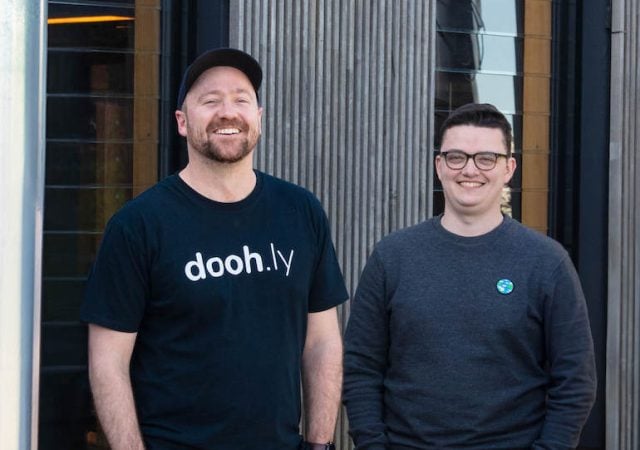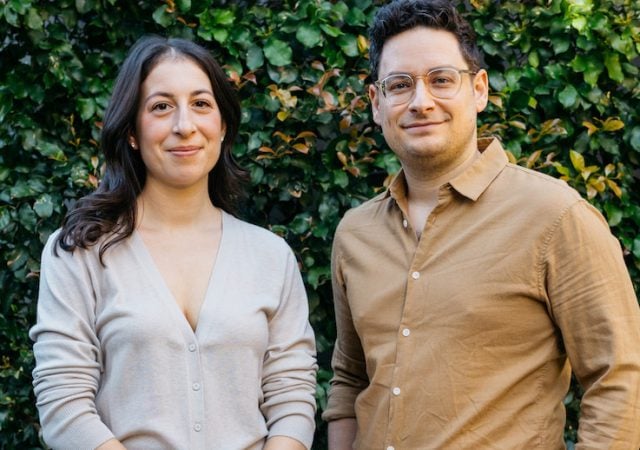The $30 billion SunCable project, backed by Atlassian billionaire Mike Cannon-Brooks, wants to build the high voltage under power cable that will stretch from Darwin to Singapore at a manufacturing facility in Northern Tasmania.
Bell Bay, 50km north of Launceston, at the mouth of the Tamar River, has been named as SunCable’s preferred site for the cable manufacturing facility. The company says a final decision is subject to a range of factors including community consultation and timely regulatory approvals, saying it would create 800-plus construction jobs and more than 400 full-time manufacturing roles.
SunCable chief projects officer Chris Tyrrell said they’ll begin consultation with local communities and stakeholders shortly.
“We welcome further input and feedback before proceeding with a final decision and subsequent development applications,” he said.
Bell Bay is Tasmania’s largest industrial precinct, producing nearly 60% of all of the state’s manufactured exports. The Bell Bay Advanced Manufacturing Zone spans 2,500 hectares and is home to the Rio Tinto Alcan aluminium smelter and hydrogen manufacturing startups.
The SunCable Australia-Asia PowerLink (AAPowerLink) project is a 17-20-gigawatt (GW) solar farm and 42GWh battery storage in the Northern Territory, connected to the world’s longest undersea High Voltage Direct Current (HVDC) cable system, 4,200km long, running from Darwin to Singapore. The solar farm is roughly four times the size of the current Snowy Hydro scheme.
The project had a rocky start to 2023 when Cannon-Brookes and fellow investor Andrew Forrest fell out over the strategic vision for the energy startup and SunCable was placed in voluntary administration. Cannon-Brookes then lent the business $65 million amid a battle for control before he won, with Helietta Holdings a joint venture company between with his family VC Grok Ventures and Canadian infrastructure giant Quinbrook, acquiring SunCable.
SunCable said the Tasmanian facility will solve is supply constraints for HVDC subsea cable, with existing manufacturers all in the Northern Hemisphere, as well as bolstering Australian’s renewable energy supply chain ecosystem and driving domestic demand for critical minerals and processing industries.
The proposed facility will include large workshop buildings for the cable manufacture, storage, testing; port facilities for transporting the finished product on specialised cable laying vessels; and a tower for the vertical manufacturing processes needed.
Tasmania’s hydro electric industry will also play a crucial part in the project’s green credentials, with the plant using around 25-40MW of renewable energy for production.
Tasmanian premier Jeremy Rockliff said the project could significantly boost the region’s economic prospects.
“A project of this size could create over 800 construction jobs, and over 400 long-term advanced manufacturing roles across a diverse range of trades, skills and capabilities,” he said.
“This is an extraordinary opportunity for the northern region and confirms that Tasmania has what the world wants.”
The Government predicts the facility would bring over $1 billion in economic activity to the state during construction and up to $350 million a year at full operations.
If all goes to plan, construction is scheduled to begin in 2025 with the first manufactured cable rolling out in 2029.
SunCable said it will work in partnership with the Tasmanian Government to identify and develop the required workforce, as well as training and development programs.




















Trending
Daily startup news and insights, delivered to your inbox.